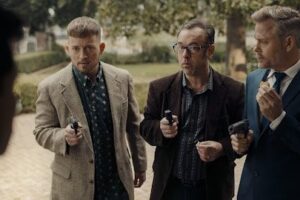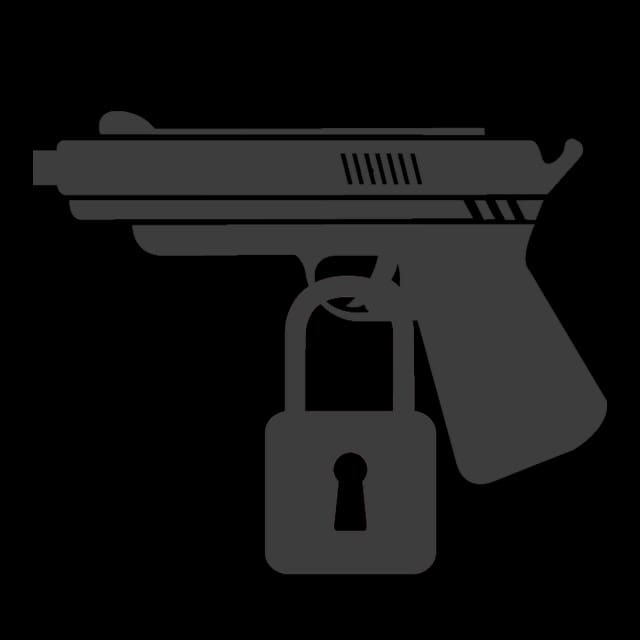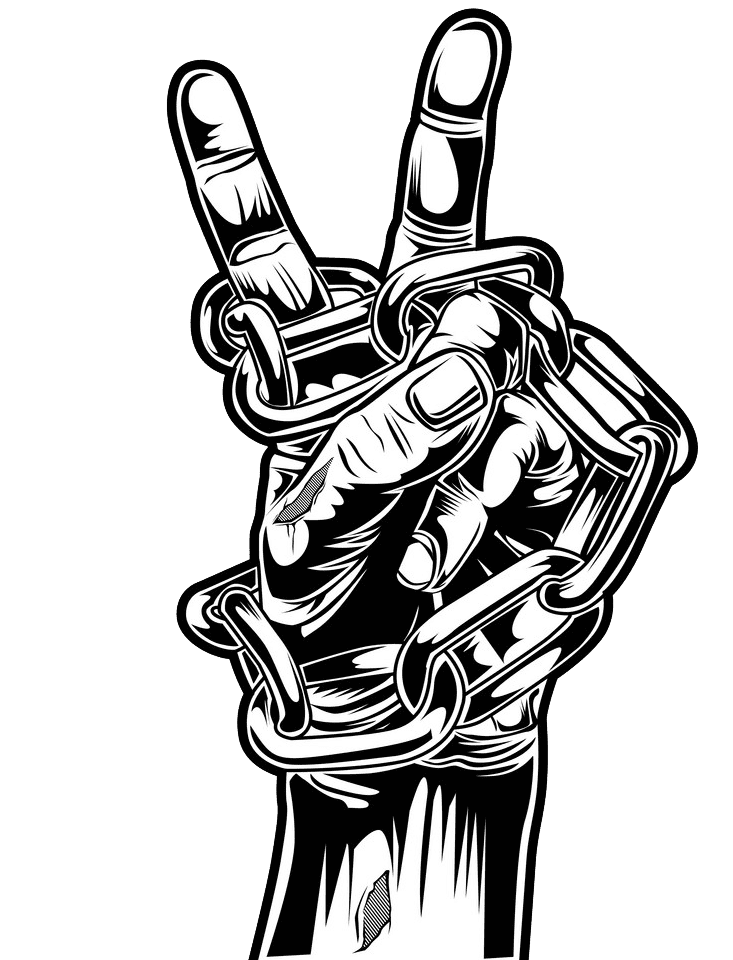(From the Intellectual Ammunition section in Volume 19, No. 10 of the Liberator Online. Subscribe here!)
 From “This Is Why Your Local Police Department Might Have a Tank,” TIME Magazine, June 24:
From “This Is Why Your Local Police Department Might Have a Tank,” TIME Magazine, June 24:
“Forget Officer Friendly. A new report finds that local police departments are becoming excessively militarized, equipped with weapons, uniforms and even vehicles formerly used by the U.S. military in Iraq and Afghanistan. …
“As the Iraq and Afghanistan wars have wound down, police departments have been obtaining military equipment, vehicles and uniforms that have flowed directly from the Department of Defense. According to a new report by the ACLU, the federal government has funneled $4.3 billion of military property to law enforcement agencies since the late 1990s, including $450 million worth in 2013. Five hundred law enforcement agencies have received Mine Resistant Ambush Protected (MRAP) vehicles, built to withstand bomb blasts. More than 15,000 items of military protective equipment and ‘battle dress uniforms,’ or fatigues worn by the U.S. Army, have been transferred. The report includes details of police agencies in towns like North Little Rock, Ark., which has 34 automatic and semi-automatic rifles, a Mamba tactical vehicle and two MARCbots, which are armed robots designed for use in Afghanistan.
“‘More Americans are becoming aware of the militarization of policing, but the use of paramilitary tactics to fight the war on drugs has been going on for a very long time,'” says the ACLU’s Kara Dansky. Throughout the 1980s, law enforcement agencies got more aggressive in how they served drug warrants …
“As police departments have added military gear, they’ve also upped the number of SWAT deployments, especially for use in drug warrants. Eighty-nine percent of police departments serving populations of 50,000 or more had SWAT teams in the late 1990s, twice as many as in the mid-1980s. In the mid-2000s, 80% of smaller police agencies — those serving between 25 and 50,000 people — had SWAT teams, up from 20% in the mid-1980s.
“Those squads are increasingly being deployed for drug searches. Almost two-thirds of SWAT deployments between 2011 and 2012 were for drug raids. Many of those units base their strategy and tactics on military special operations like Navy SEALs. …
“Using military-style equipment has an effect on the behavior of police officers as well, adds Kraska. ‘It changes the culture of the police department,’ she says. ‘It gets them into a much more intense, paramilitary mindset rather than thinking about a community-oriented approach to policing.'”

























